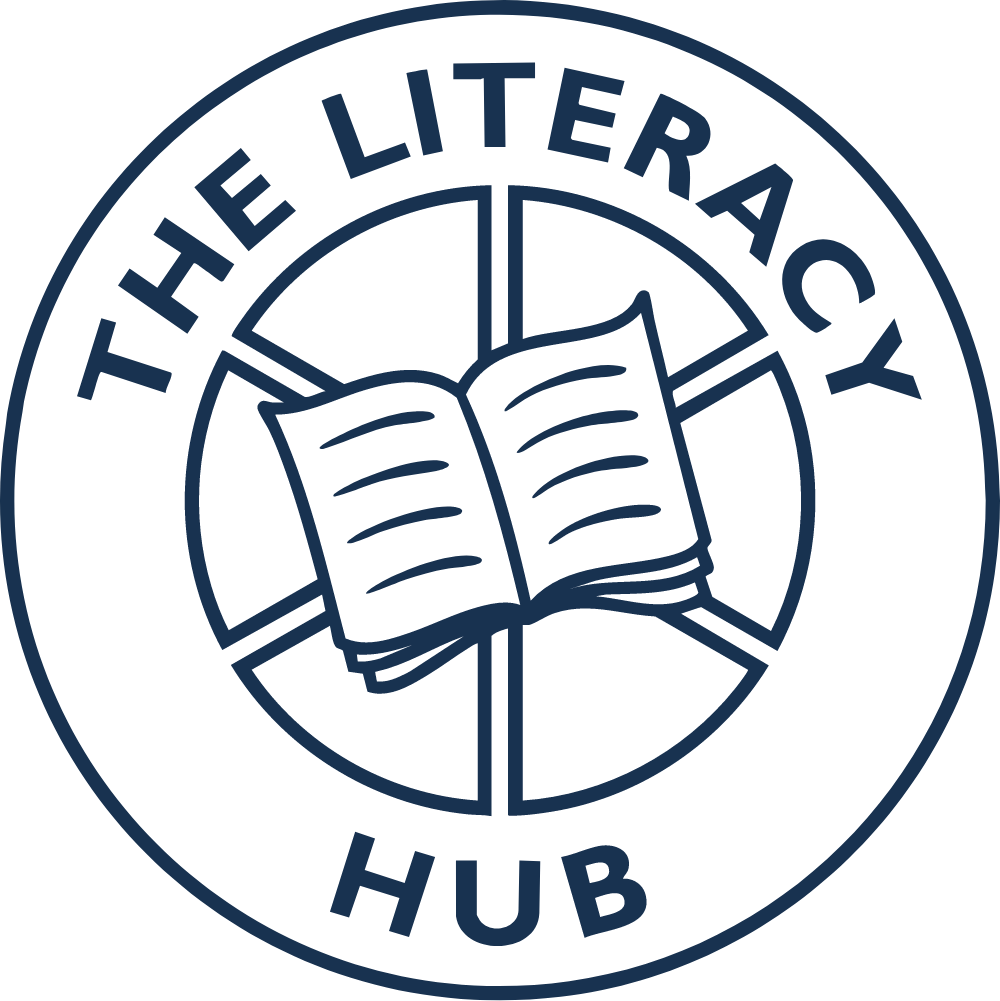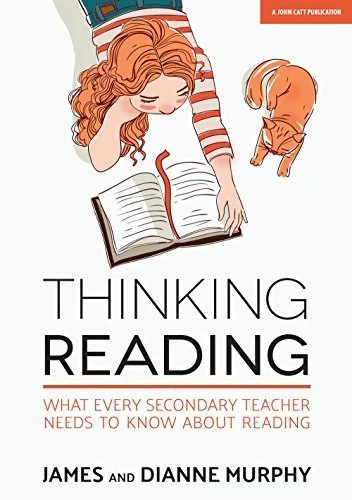Thinking Reading
Thinking Reading: What Every Secondary Teacher Needs To Know About Reading
by James and Dianne Murphy
A short but important examination of what it takes to teach adolescents to read
This is one of the few books that focuses on teaching adolescent literacy. James and Dianne Murphy are passionate about getting secondary school pupils to read:
“We are more sure than ever that addressing the problem of adolescent illiteracy is the single most powerful, cost-effective contribution that education can make to society.” (p.19)
The fundamental message of Thinking Reading is that low expectations, labels and a lack of well-trained teachers lead to many pupils leaving school unable to read, and this has lasting consequences on their prospects for the rest of their lives. Through mini-case studies, they show that pupils can learn to read if they are given the right opportunities in the classroom, and appropriate intervention if needed.
I found the style direct and easy to read. Each chapter has a clear focus and structure. Thinking Reading briefly introduces the main areas that are important when learning to read English: the alphabetic principle, English orthography, phonemes and phonemic awareness, phonic knowledge, morphology, vocabulary, fluency, and comprehension.
The chapter on helping struggling readers in the secondary classroom explains a range of tips succinctly in terms of why they are important and how to implement them. Ideally, classroom teachers would do further research on these suggestions, but this chapter is a fantastic summary and starting point.
There is also an excellent chapter on effective reading intervention at secondary school, examining why such interventions so frequently seem to fail, and how to make them work. The authors’ point about ‘lack of sophistication’ is particularly hit home for me:
“Single-dimension reading programmes, such as a phonics-only intervention, will not do the job at secondary school.” (p. 113)
Overall, there’s a lot of valuable information packed into this short book. Highly recommended for teachers working with adolescents who struggle to read, whether in the mainstream classroom, a leadership role, or implementing interventions.

